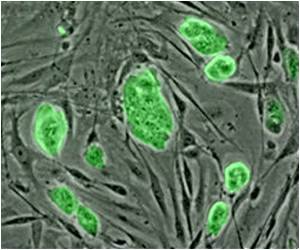
By genetically labelling and following the activity of the same MBONs in multiple flies, the scientists found that each cell had a characteristic response pattern in each individual.
The pattern, in other words, differed between flies. This suggests that MBONs may underlie individual odor preferences that develop as flies learn to associate smells with positive or negative experiences.
A fly's behavioral response to an odor depends on the message that these output neurons relay to neurons farther along the circuit. "As a fly lives its life and encounters a bunch of different odors, that olfactory experience may induce some plasticity in the circuit," said lead researcher professor Glenn Turner.
Researchers measured how MBONs responded to 10 different smells - an assortment of potentially enticing food smells, like yeast and vinegar, aversive smells such as citronella and more neutral aromas.
Responses varied greatly between cells, with each cell most strongly attuned to certain aromas. When the team analyzed the cells' responses, some patterns emerged.
Advertisement
Source-IANS















